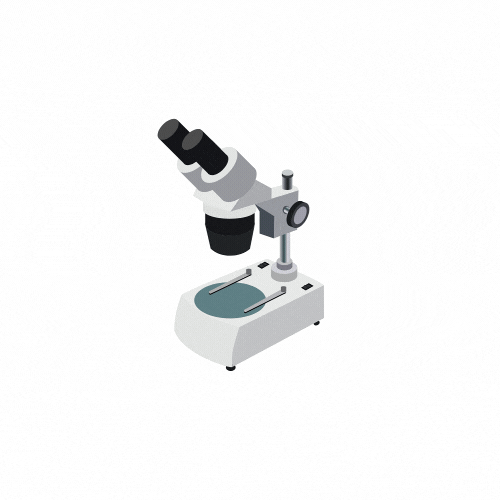Microscopes: Unlocking the Invisible World
Microscopes are essential tools in science, allowing researchers to explore the tiny details of the natural world that are invisible to the naked eye. Various types of microscopes are designed for different applications, each with its own unique features. In this article, we'll explore the different types of microscopes and their uses
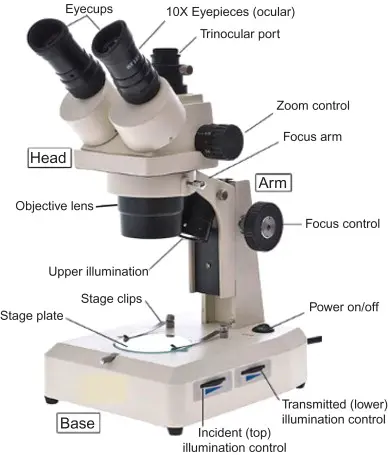
1. Optical Microscopes (Light Microscopes)
The most commonly used microscopes in laboratories, optical microscopes use visible light to magnify specimens. These microscopes are ideal for viewing live samples, biological tissues, and cells.
Compound Microscopes: These microscopes have multiple objective lenses and are used to view specimens at high magnification. They are commonly used in biology and medical research.
Stereo Microscopes: Offering lower magnification, stereo microscopes provide a 3D view of specimens. These are useful for tasks like dissection, studying surface structures, or examining larger objects.
Applications: Biological studies, medical research, educational purposes, industrial inspections.

2. Electron Microscopes (EM)
lectron microscopes use beams of electrons instead of light to achieve much higher magnifications, revealing ultra-fine details. These microscopes can magnify objects up to 2 million times their original size.
Transmission Electron Microscope (TEM): TEMs pass electrons through a thin specimen and are used to study internal structures at the atomic level. TEMs are invaluable in materials science and cell biology.
Scanning Electron Microscope (SEM): SEMs scan the surface of specimens with electrons to create detailed 3D images of the surface. SEMs are used for examining the surface structures of objects like metals, cells, and microorganisms.
Applications: Nanotechnology, materials science, microbiology, semiconductor industry
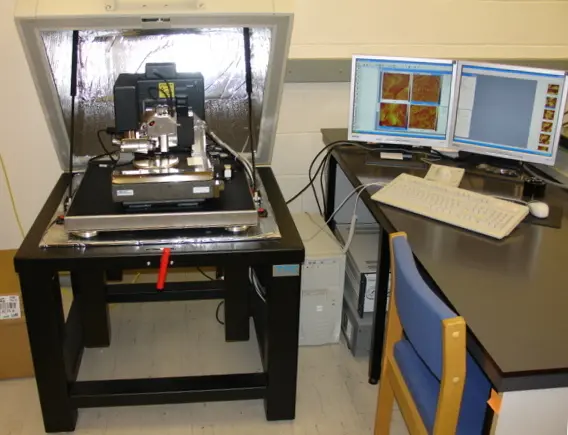
3. Atomic Force Microscopes (AFM)
AFMs operate by scanning a sharp tip over a surface to measure the interaction forces between the tip and the specimen. AFMs are capable of imaging surface topography at a nanometer scale, making them ideal for studying the mechanical properties of materials.
Applications: Nanotechnology, biomaterials, surface science, and molecular research.

4. Confocal Microscopes
Confocal microscopy uses a laser to scan a sample and produce high-resolution, three-dimensional images. The main advantage of confocal microscopes is their ability to produce sharp, clear images of thick specimens by focusing on thin layers at different depths.
Applications: Biological research, cell biology, neuroscience, and high-resolution imaging of thick tissue samples.
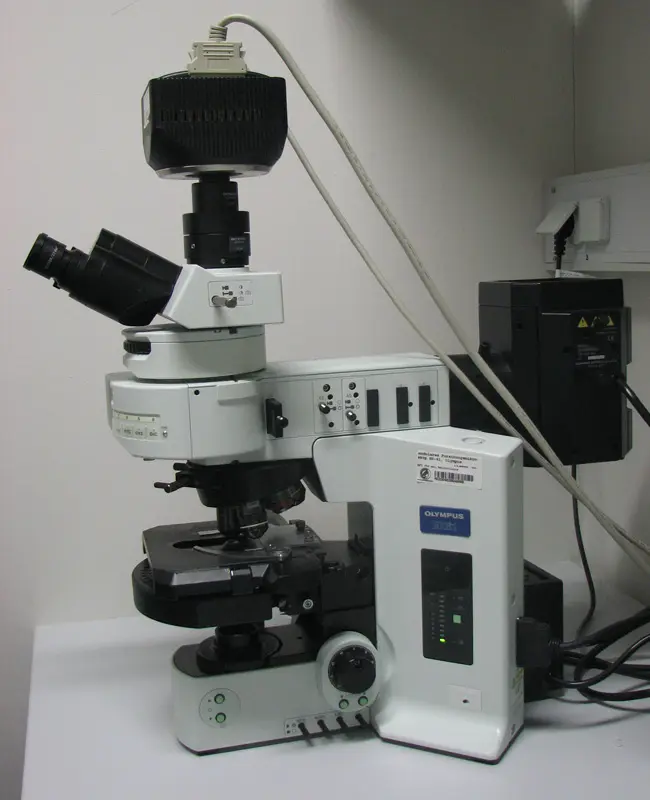
5. Fluorescence Microscopes
Fluorescence microscopes are designed to use fluorescence rather than transmitted light to illuminate specimens. A fluorescent dye or protein is applied to the sample, and the microscope detects the emitted fluorescence. This allows for highly specific labeling and imaging of biological molecules.
Applications: Cell biology, molecular biology, immunology, and diagnostic applications.
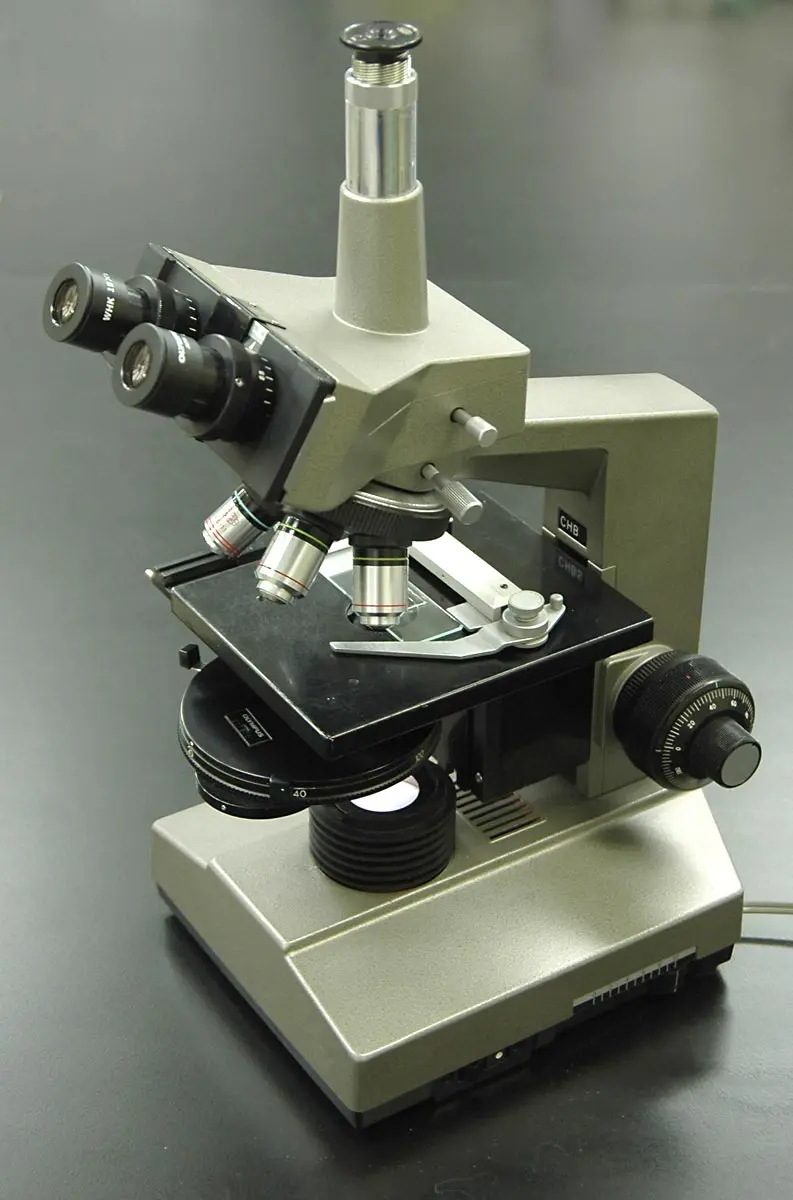
6. Phase Contrast Microscopes
Phase contrast microscopy enhances the contrast in transparent specimens without staining. By converting phase shifts in light passing through the sample into differences in intensity, phase contrast microscopes reveal details of live, un-stained cells and tissues.
Applications: Cell culture, live cell imaging, microbiology.

7. X-ray Microscopes
X-ray microscopes use X-rays instead of visible light to produce images of internal structures in three dimensions. These microscopes are particularly useful for imaging thick, dense specimens without sectioning them.
Applications: Materials science, geology, paleontology, and industrial applications.
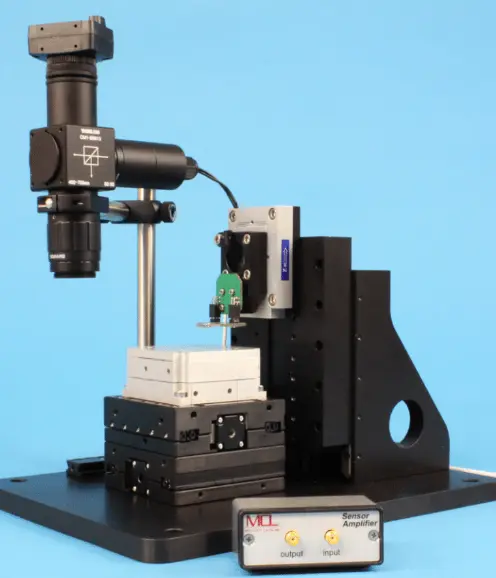
8. Scanning Probe Microscopes (SPM)
SPMs include AFM and Scanning Tunneling Microscopes (STM). These microscopes utilize a physical probe to scan the surface of a sample, providing topographical and electronic information on the nanometer scale.
Applications: Nanotechnology, surface chemistry, molecular imaging.
Conclusion
Microscopes are indispensable for scientific advancement, offering insights into the smallest details of our world. The right type of microscope depends on the specimen and the level of detail required. Whether for basic educational purposes, medical diagnostics, or cutting-edge research, microscopes continue to be at the forefront of discovery.
If you're looking to purchase a microscope for your research, We offer a range of high-quality microscopes to suit your needs!
